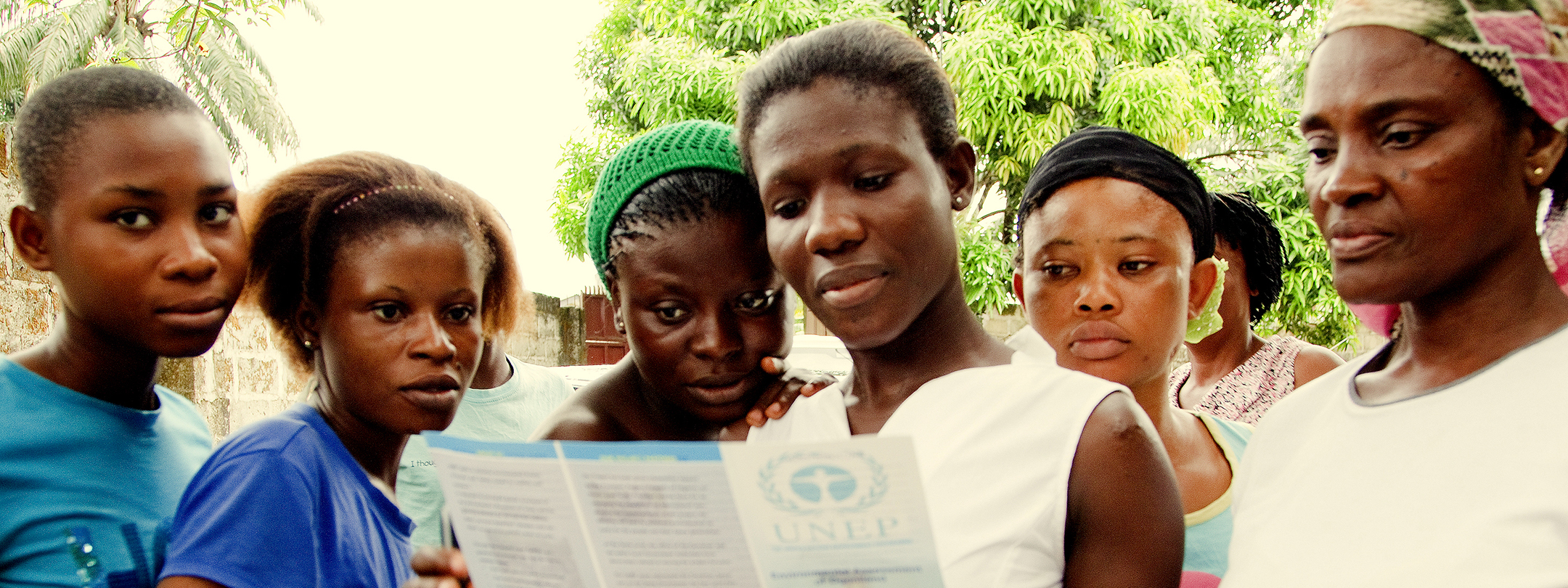Design, Monitoring, Evaluation, and Learning for Climate Resilience: A Guidance Paper for the Philippines
Publisher: ISET Relience and Research Group
Author(s): Kenneth MacClune, Colleen McGinn, Furqan Asif and Kanmani Venkateswaran
Date: 2017
Topics: Basic Services, Climate Change, Disasters, Dispute Resolution/Mediation, Monitoring and Evaluation, Programming
Countries: Philippines
Climate change and its negative effects are already being felt strongly around the world, and are projected to increase. The brunt of its effects will be borne by some countries more than others. The Philippines is one such country. The Philippines lies in an exceptionally very hazard-prone region, and is the fourth most disaster-prone country in the world. It is among the top 10 countries in terms of ‘highest absolute number of affected people’ (UNISDR, 2015); its 100 million inhabitants are vulnerable to volcanic eruptions, earthquakes, typhoons, landslides, droughts, and floods, at a significant financial and human cost. Disasters over the 10 years spanning 2006 - 2016 have accounted for almost 1,600 deaths and $1.7 billion in damages per year (International Disaster Database - EM-DAT, 2016). The last three years alone have cost $13.7 billion (Ibid). Climate change and its attendant effects such as sea level rise and delays in monsoons will only exacerbate these existing vulnerabilities. This increase in disaster risk due to climate change threatens future development. Climate change projections for the Philippines suggest an increase in mean temperature by 0.9 °C to 1.1 °C by 2020, and 1.8 °C to 2.2 °C by 2050 (relative to the baseline (1971-2000) climate), and an increase in both rainfall variability (e.g. wet season wetter; dry season drier) and intensity (e.g. stronger monsoons) (DOST-PAGASA, 2016).
These changes are projected to be accompanied by an increase in the severity of extreme climate events and the frequency of the most intense storms. This will increase strain on ecosystems and compromise ecosystem services like water and food supply, waste management, and public health. Temperature and rainfall changes will be accompanied by increasing sea levels, and in many places sea level rise will be further exacerbated by local land subsidence. For coastal areas, impacts will be severe and are likely to have cross-sectoral effects, impacting agriculture, fisheries, health, water resources, and tourism. These will be layered on top of current impacts due to unsustainable development practices and rapid urbanization, which are contributing to environmental deterioration and already exacerbating climate and disaster risks and vulnerability in the Philippines.
